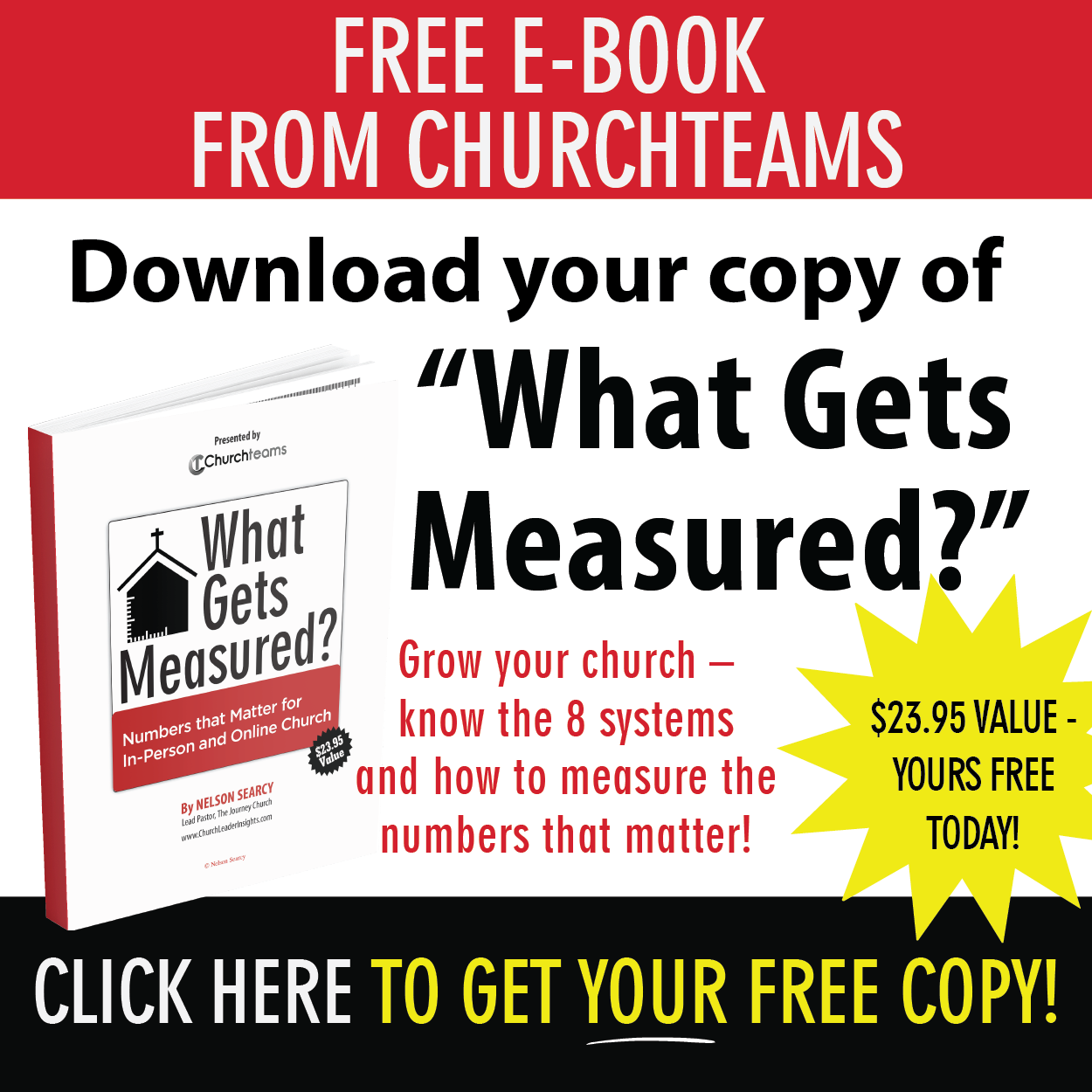 Of all the usage / design ideas we've had through the years, the idea of using a push out email to get a response from volunteers may be the most significant. Along with the Groupfinder feature, the email reminders to leaders established Churchteams as the innovator and leader in small group software for churches in the first eight years of this century.
Of all the usage / design ideas we've had through the years, the idea of using a push out email to get a response from volunteers may be the most significant. Along with the Groupfinder feature, the email reminders to leaders established Churchteams as the innovator and leader in small group software for churches in the first eight years of this century.
Because we were able to see 90 to 100% of group leaders respond each week to a communication tool, we knew we could use the same idea to collect other information from attenders, members and volunteers. Here is a list of other ways we do this now:
- Small Group Leader Weekly Responses
- Member's update their own information.
- Volunteer's respond to invitations to serve (email and text).
- Volunteer reminders of service (email and text).
- Contact assignment notifications (email and text).
- Contact assignment reminders (email and text).
We have other things in the development queu especially related to reporting. But, I've needed a better, more clear way to communicate this idea in the virtual classes I teach each week.
The term responsive access came as I was explaining the various ways people in a church access Churchteams. Highly engaged leaders and staff now have a way to personally login and we still have our simple login that just requires a single password. The difference looks like this.
| Access | Security Initiated By | Advantage |
| Personal | User - Email/Password | Traditional, Familiar |
| Simple | User - Shared Password | Simple to use |
| Responsive | Software - Email/Text | Click, no navigation |
| Responsive | Software - Form | Gather custom info |
The idea of responsive access is not as unfamiliar as it once was. Consider the notifications and alerts other systems send you. These provide responsive access. How many apps out there now allow you to login using your Facebook, Twitter or Gmail credentials. This makes is much easier for you to use the app in response to something the software sends you.
It's a little idea that makes a big difference in collecting information and getting people to use church software. Next time, we'll look at using forms as responsive access.




